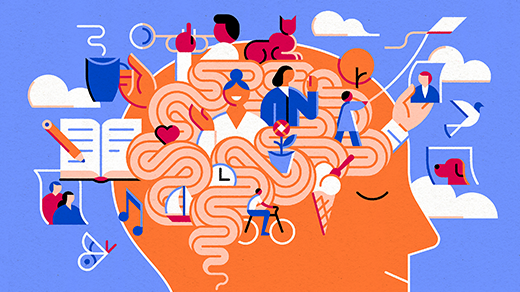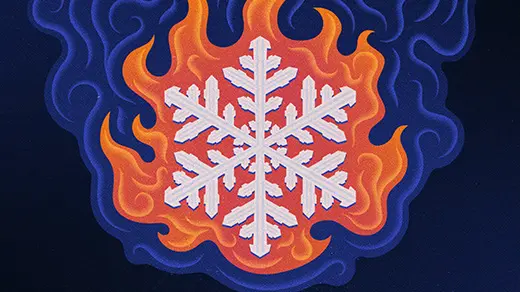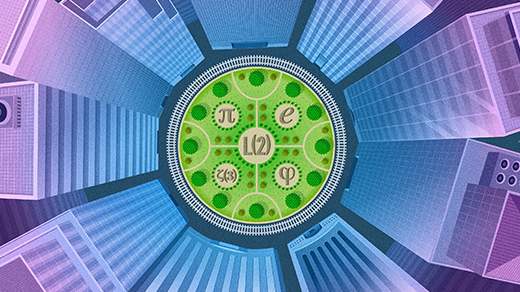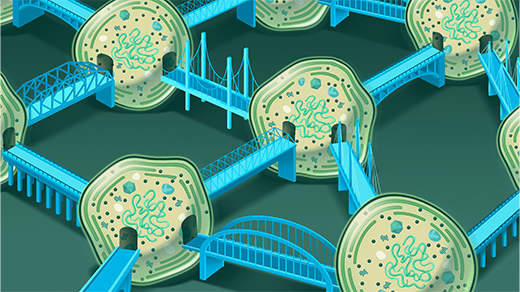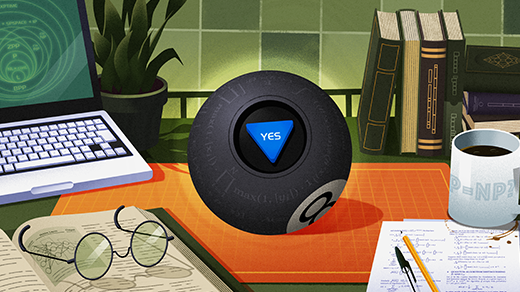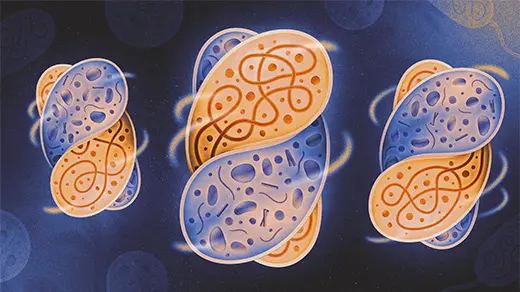Archive
Latest Articles
Concept Cells Help Your Brain Abstract Information and Build Memories
Individual cells in the brain light up for specific ideas. These concept neurons, once known as “Jennifer Aniston cells,” help us think, imagine and remember episodes from our lives.
Heat Destroys All Order. Except for in This One Special Case.
Heat is supposed to ruin anything it touches. But physicists have shown that an idealized form of magnetism is heatproof.
Mathematicians Discover New Way for Spheres to ‘Kiss’
A new proof marks the first progress in decades on important cases of the so-called kissing problem. Getting there meant doing away with traditional approaches.
Can AI Models Show Us How People Learn? Impossible Languages Point a Way.
Certain grammatical rules never appear in any known language. By constructing artificial languages that have these rules, linguists can use neural networks to explore how people learn.
The Physicist Decoding the Nonbinary Nature of the Subatomic World
Inside the proton, quarks and gluons shift and morph their properties in ways that physicists are still struggling to understand. Rithya Kunnawalkam Elayavalli brings to the problem a perspective unlike many of their peers.
Rational or Not? This Basic Math Question Took Decades to Answer.
It’s surprisingly difficult to prove one of the most basic properties of a number: whether it can be written as a fraction. A broad new method can help settle this ancient question.
The Ocean Teems With Networks of Interconnected Bacteria
Nanotube bridge networks grow between the most abundant photosynthetic bacteria in the oceans, suggesting that the world is far more interconnected than anyone realized.
Why Computer Scientists Consult Oracles
Hypothetical devices that can quickly and accurately answer questions have become a powerful tool in computational complexity theory.
Scientists Re-Create the Microbial Dance That Sparked Complex Life
Evolution was fueled by endosymbiosis, cellular alliances in which one microbe makes a permanent home inside another. For the first time, biologists made it happen in the lab.
